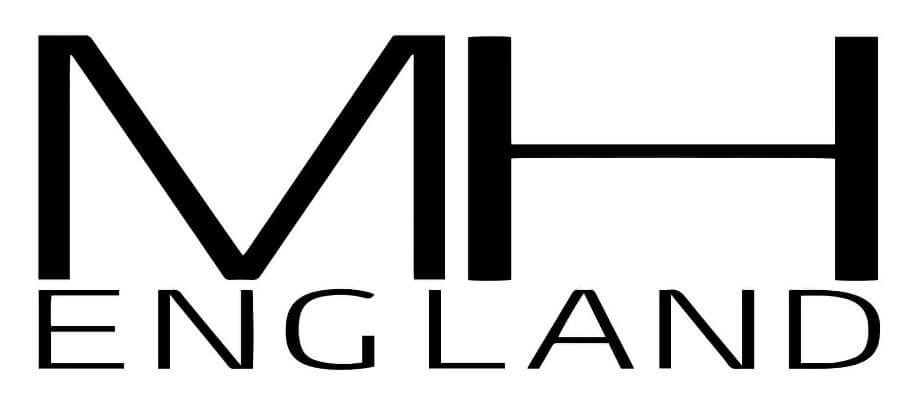Hats are more than just accessories in theatre; they are essential elements in costume design that contribute significantly to storytelling, character development, and visual aesthetics. Whether a crown for a king or a simple cap for a working-class character, hats play a crucial role in shaping the audience’s understanding and experience of a performance.
Setting the Scene: Establishing Historical Context
One of the primary functions of hats in theatre is to establish the period and setting of a production. A hat can instantly transport the audience to a different era or place. For instance, a tricorn hat evokes the 18th century, while a cloche hat immediately signals the 1920s. Similarly, cultural signifiers like a sombrero or a beret can indicate a specific geographical setting, helping to ground the narrative in a particular context.
Defining Characters: Status and Personality
Hats are powerful tools for defining a character’s social status, occupation, and personality. A crown, for example, unmistakably denotes royalty, while a top hat might suggest wealth and sophistication. On the other hand, a simple flat cap could indicate a working-class character. Beyond status, the style and embellishments of a hat can also hint at a character’s personality. A flamboyant, feathered hat might suggest someone outgoing and extravagant, while a plain, worn hat could represent humility or modest means.


Symbolism and Metaphor in Costume Design
Hats often carry deeper symbolic meanings in theatre. Removing a hat might signify a character’s loss of power or status, while donning a particular hat could represent a new role or identity assumption. In some productions, frequent hat changes might metaphorically represent a character with multiple identities or shifting roles within the narrative.
Enhancing the Visual Aesthetics
Regarding visual design, hats play a significant role in balancing and enhancing the overall look of a costume. They can add height, frame the face, and create a silhouette that complements the rest of the outfit. The colour and style of a hat can be carefully chosen to match or contrast with the costume, contributing to the overall visual tone of the production.
Supporting Thematic Elements
Hats can also support the thematic elements of a play or production. For example, in a story about identity and disguise, hats might be central to the transformation of characters, allowing them to change their apparent identity simply by changing their headwear. Additionally, hats can help set the mood of a scene. For instance, a wide-brimmed hat in a noir production might evoke a sense of mystery or intrigue.
Practical Considerations in Theatre
Practical considerations are paramount when designing hats for theatre. A hat must not obstruct an actor’s face or hinder performance, as facial expressions are vital for conveying emotion and intent. Hats must also be durable enough to withstand multiple performances and comfortable enough for the actors to wear, especially during long scenes or physical movements.
Iconic Hats in Theatre
Certain hats have become iconic in theatre over the years. The towering headdresses in Andrew Lloyd Webber’s Cats, the Phantom’s mask in The Phantom of the Opera, and the bowler hats in Samuel Beckett’s Waiting for Godot are all examples of headwear that have become synonymous with the characters or productions they represent.
Collaboration and Craftsmanship
Costume designers often collaborate closely with milliners to create custom hats that meet a production’s specific needs. This collaboration ensures that the hats not only fit the character and costume but also adhere to the historical or thematic requirements of the play. The choice of materials and construction techniques is crucial, as these factors affect the hat’s look and functionality.
Audience Engagement and Perception
Hats provide immediate visual cues that help the audience understand a character’s role or status. This is especially important in theatre, where visual storytelling is key to conveying information quickly and effectively. A well-designed hat can leave a lasting impression on the audience, becoming a defining aspect of their memory of the character or production.
Hats in theatre and costume design are far more than simple headwear. They are essential tools for establishing context, defining characters, supporting themes, and enhancing a production’s visual appeal. Through careful design and thoughtful use, hats become powerful storytelling elements, contributing significantly to the impact and success of theatrical performances.
